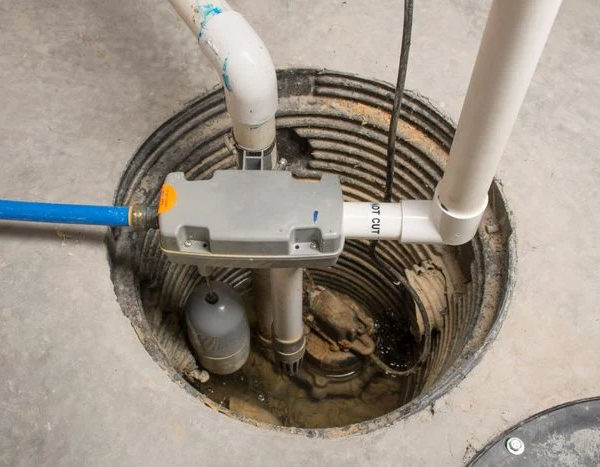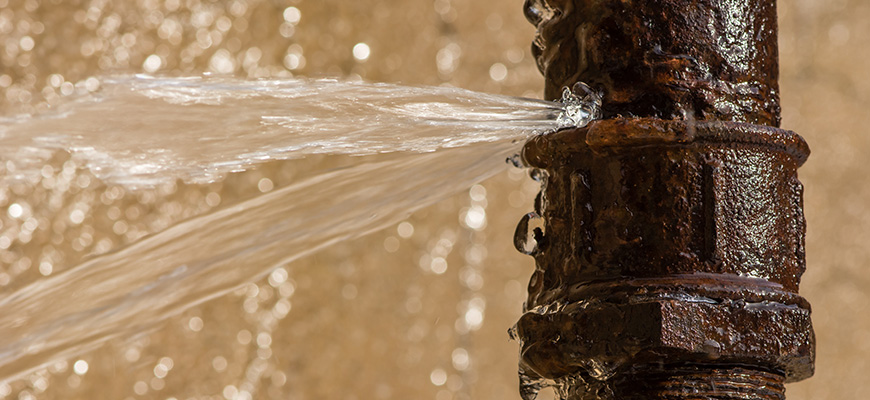A sump pump is an essential component of your home’s plumbing and drainage system. It’s responsible for removing excess water from your basement or crawl space, protecting your home from flooding and water damage. However, sump pumps can fail, and when they do, it can be a serious problem. In this blog post, we’ll go over some of the most common causes of sump pump failure and provide tips on how to fix them.
Power Failure
One of the most common causes of sump pump failure is a power failure. This can happen if the pump is not connected to a backup power source, such as a battery, or if the power source is not working properly. To fix this problem, make sure your sump pump is connected to a backup power source and that the source is working properly.
Clogged Discharge Line
Another common cause of sump pump failure is a clogged discharge line. This can happen if debris, such as dirt, gravel, or leaves, gets into the line and blocks the water flow. To fix this problem, locate the discharge line and clear any debris that may be blocking it.
Worn Out or Damaged Pump
A worn-out or damaged pump is another common cause of sump pump failure. This can happen if the pump is not properly maintained or if it is not the right size for your needs. To fix this problem, you will need to replace the pump.
Inadequate Sizing
Inadequate sizing of the pump can lead to sump pump failure. A pump that is too small for your needs will have to work harder to remove the water, which can cause it to overheat and fail. On the other hand, a pump that is too large for your needs will not work as efficiently and will cost more to run. To fix this problem, you will need to replace the pump with one that is the right size for your needs.
Sump pump failure can be a serious problem, but with the right knowledge, it can be prevented or fixed. By understanding some of the most common causes of sump pump failure, you can take steps to protect your home from water damage and keep your sump pump running smoothly. Remember to keep your sump pump well-maintained by checking the power source and discharge line, and by replacing the pump when necessary. It is also a good idea to schedule regular inspection, to ensure that your sump pump is always in good working condition.
Click to Learn More!


